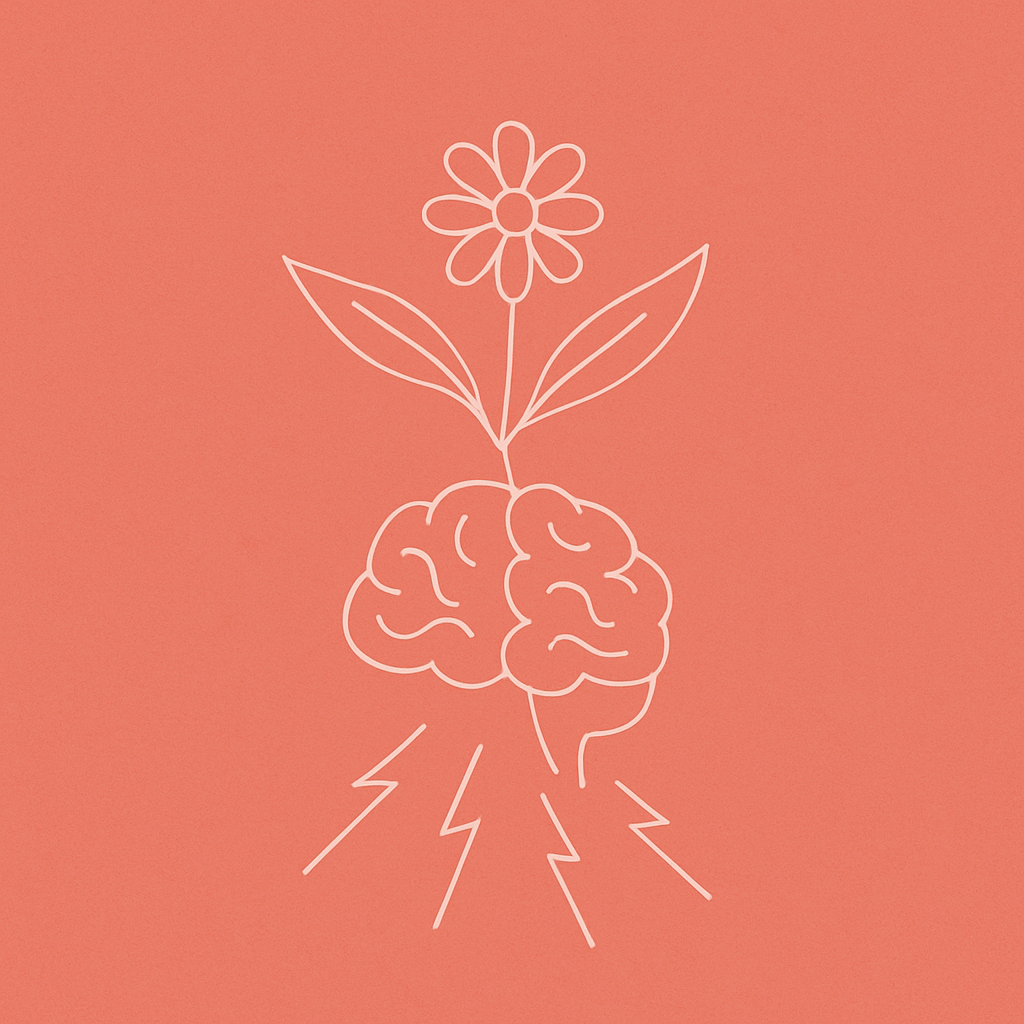Fibromyalgia affects millions, bringing widespread body pain, fatigue, and frustration. It is a complex chronic condition that affects the way the brain and spinal cord process pain signals, amplifying sensations that might not normally cause pain. This neurological hypersensitivity can lead to widespread muscle pain, tenderness, sleep disturbances, brain fog, and emotional distress. There is strong evidence that the pain symptoms of fibromyalgia are due to alterations in central processing of sensory input. The diagnosis is often linked to trauma, environmental stressors, psychosocial variables, and central nervous system dysfunction.
When the central nervous system becomes hypersensitive, it will overreact to stimuli that are not usually painful. Even a light touch or mild temperature can feel painful, but the sensation produced is not indicative of structural damage – it is simply a false alarm. Pain transmission neurons can become sensitized to incoming stimuli in response to prolonged pain – and pain chronifies as the nervous system becomes persistently active.1
Traditional treatments often fall short, leaving many searching for new solutions. Medications can offer temporary relief, but they don’t address the root cause, which is largely influenced by the brain’s perception of danger and a hypersensitive nervous system. This is where Pain Reprocessing Therapy (PRT) provides a revolutionary alternative.
PRT is a science-backed approach that helps retrain the brain’s response to pain. By targeting neural pathways and regulating the nervous system, it aims to reduce chronic pain at its source rather than just masking the symptoms. Studies have shown that individuals who undergo PRT experience significant and lasting relief, allowing them to regain mobility, improve sleep, and restore their quality of life.
- Am J Med. 2009 December ; 122(12 Suppl): S22. doi:10.1016/j.amjmed.2009.09.008.
“Thoughts, beliefs, perceptions, emotions, past experiences, context, and input from your body all affect your experience of pain”
– Edwards et al, 2016
Reading
Mind Your Body: A Revolutionary Program to Release Chronic Pain and Anxiety
Renowned mindbody clinician and psychotherapist Nicole Sachs, LCSW, teaches patients to free themselves from pain, long covid, fibromyalgia, anxiety, fatigue, and a myriad of debilitating conditions through the transformative process of nervous system regulation. These syndromes do not originate from a physical source alone; rather, they are fueled by trauma responses associated with psychological and emotional triggers that send the brain and nervous system into fight or flight. If the medical model is coming up short, this guide may be your answer.
Research
The Science Behind Why Pain is Painful
Construction workers seem to always be getting hurt. The silver lining is the pain research and insight that comes from these unfortunate injuries:
The British Medical Journal reported on the case of a construction worker who accidentally jumped down onto a 6-inch nail that went through his boot and out the other side. He was in agony, yet, surprisingly, when doctors removed his boot, they discovered that the nail went between his toes and did not even cause a scratch! His pain was genuine, but his brain generated the pain because he perceived that he was injured. Once his boot was removed and he saw that his foot was not damaged, his pain vanished.
Another construction worker was using a nail gun when it unexpectedly discharged in his face (Dimsdale & Dantzer, 2007). He felt a mild toothache and bruise under his jaw. Six days later, he visited the dentist, and an X-ray revealed a 4-inch nail embedded in his cerebral cortex! Because contextual cues failed to put his brain on high alert, his pain system remained quiet, despite actual bodily harm and the need for medical intervention.
What does this tell us? First, pain is not always an accurate indicator of tissue damage. And, pain is never purely biological. Cognitive, emotional, and contextual factors like attention, excitement, distraction, and pleasure constantly modify the experience of pain.
